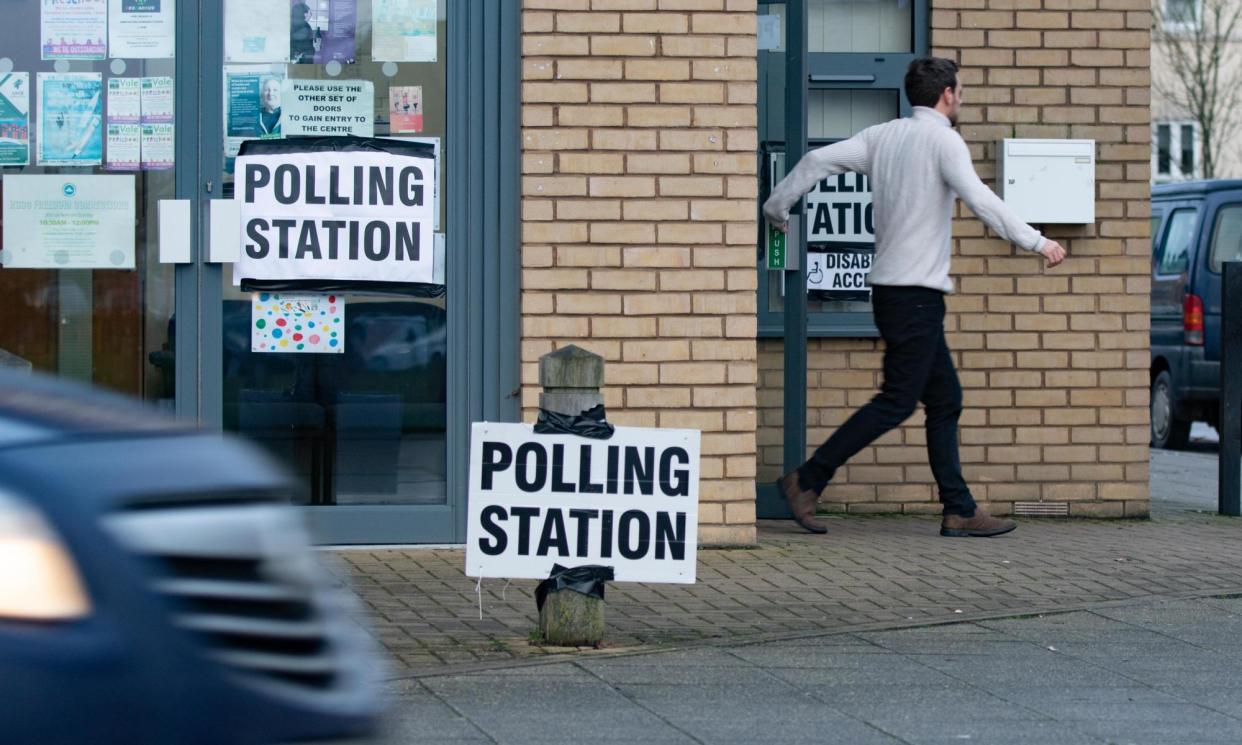Polls predict a Labour win, but what does this mean for voter turnout?

The devil may yet be in the detail, but the polls are clear about one thing: Labour is heading for a large, possibly very large, majority when results come in on 5 July. But what might this mean for turnout at the general election? Does a result that seems to be a foregone conclusion mean people might think their vote doesn’t matter?
On a winter’s day in December 2019, turnout was 67%. Down a little on 2017, but substantially up on a low of 59.4% for the UK general election in 2001. With an allegedly uninspiring campaign, a clear signal of the winning party and high levels of voter distrust, some have suggested that a summer’s day in 2024 might not tempt voters to the polling station.
A clear and large polling lead for one party may mean voters are less inclined to vote, but it isn’t immediately clear who that might benefit. Those who intend to vote Labour may think it isn’t necessary for them to do so. But equally likely is that those who have previously voted Conservative think there’s no point. Voters who have voted for one of the two main parties in the past may also feel enabled to cast a vote for a smaller party, knowing it is unlikely to change the outcome.
Broadly there are two types of non-voters. First there is the habitual non-voter, many of whom are not on the electoral register to vote. The factors that influence this kind of abstention are often structural: habitual non-voters are less interested in politics, less likely to feel any attachment to, or strong dislike for, a political party. They are less likely to be homeowners, less likely to have a degree-level qualification, and are disproportionately drawn from lower socioeconomic groups. On top of this, there is also an age effect on turnout, with younger voters less likely to vote. This has become particularly important in British elections as age is increasingly related to voting behaviour.
The other type – those who have voted in previous general elections but who may choose not to on 4 July – are more difficult to predict. These voters are more likely to be influenced by the campaign, polls and party competition in their local area. And these factorschange from election to election.
Pollsters do not try to understand the habitual non-voter; they are unlikely to be in panels that samples are drawn from, or agree to do a survey over the telephone, and critically they are very unlikely to vote. Instead, pollsters try to make sure they only count people who will actually vote.
How they do this varies, from relatively simple weighting to more complex modelling of likelihood to vote. A common approach is to ask people how likely they are to vote and only report those who say they are very likely to go to the polling station. These measures have shown some unusual patterns during the last 18 months, which may give a hint of unusual turnout patterns to come.
Those who voted in a previous election are usually very likely to vote again. Before the 2019 and 2017 elections, YouGov polling found three-quarters of voters for the main parties said they were absolutely certain to vote again at the next election. But recent data has shown fewer than two-thirds of those who had voted Conservative in 2019 say this now, while for Labour and the Liberal Democrats this has remained at a similar level to previous elections (78% and 72% respectively).
This hesitancy in the Conservative vote reflects the unusually high indecision among these voters. Many of them remain undecided how they will vote even at this late stage of the campaign. While the party is doing all it can to try to motivate previous Conservative voters, stressing the need for effective opposition and the dangers of a split vote with Reform UK, there is little sign these messages are making a difference.
While the assumption is that a large polling lead may be a problem for the leading party to motivate its voters, in this election there is some cause to think that it is previous Conservative voters who may drive any changes in turnout patterns. With less than two weeks to polling day, persuading previous voters may be as important for the Conservatives as getting them back from other parties.
Paula Surridge is professor of political sociology at the University of Bristol


